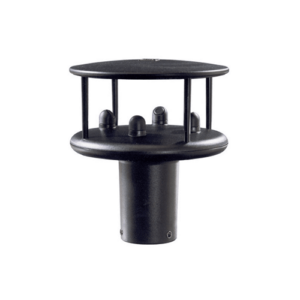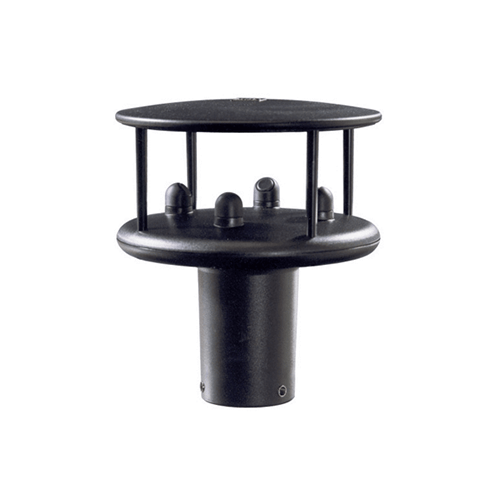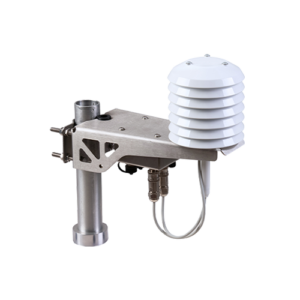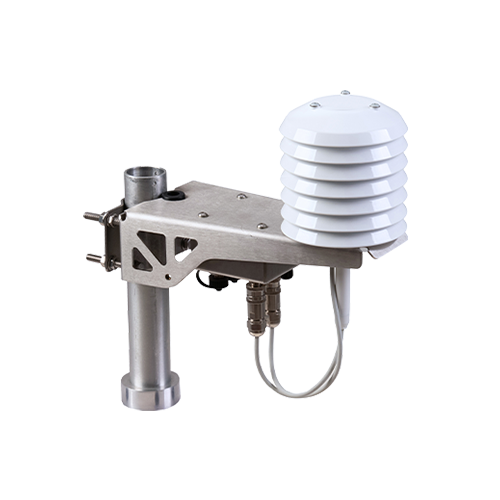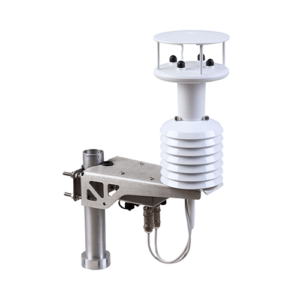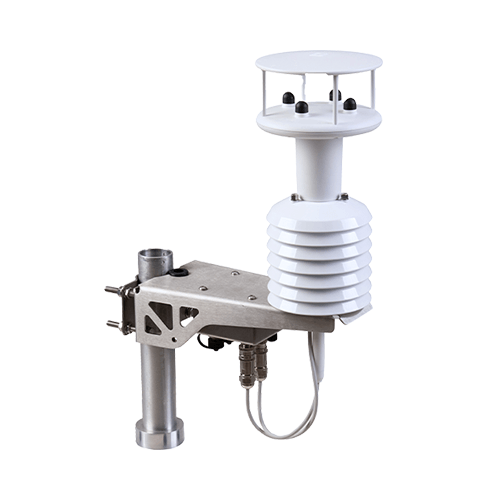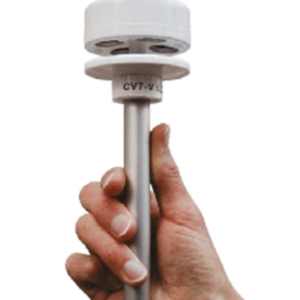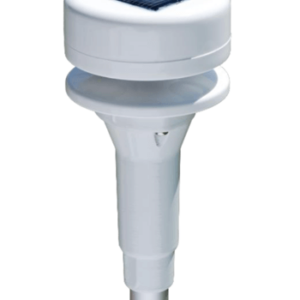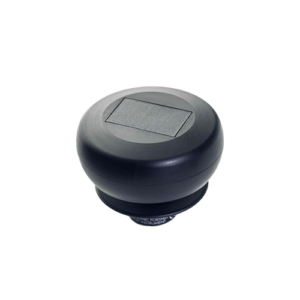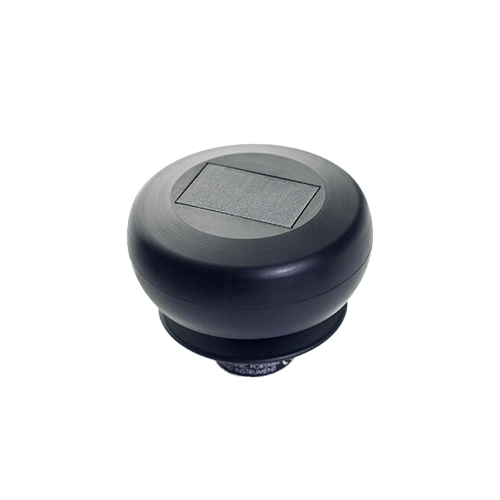Ultrasonic Anemometers
Conventional wind vane anemometers have mechanical rotating parts. These moving parts expose the sensor to failure.
An ultrasonic sensor has been designed to avoid any mechanical parts to ensure the best possible and most reliable operation. The result is extremely accurate and stable data over the long term without the need for maintenance.
Ultrasonic sensors work using transducers that send a pulse of ultrasonic sound from the ‘North’ facing side of the sensor. A microprocessor measures the time it takes to travel to the ‘South’ transducer and compares with the time for a pulse to travel from ‘South’ to ‘North’ transducers. Likewise times are compared between West and East, and East and West transducers. The wind speed and direction is then calculated from the differences in the times of flight on each axis. This calculation is independent of factors such as temperature. Without moving parts, measurement is immediate and precise. Watch the YouTube video here »
Richard Paul Russell ltd have chosen the highest quality ultrasonic sensors from Gill Instruments and LCJ Capteurs that offer a comprehensive solution with options capable of recording data in the harshest environments and those with extremely low power requirements for OEM and remote applications.
Don’t hesitate to email or call our technical support team to discuss your sensor choice in more detail, sales@r-p-r.co.uk or +44 (0) 1590 641223.
A collection of sensors available
Multi-parameter weather stations with inputs for additional sensors
Application specific - Wind Speed & Direction, Temp, Humidity, Solar options
-

-
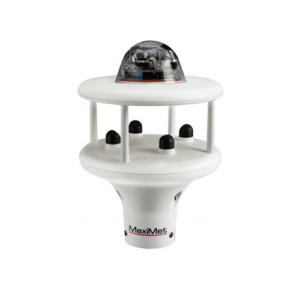
-
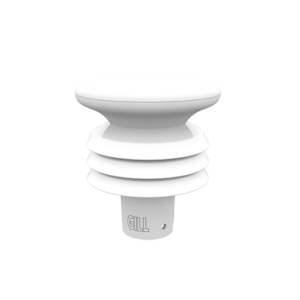
Gill MaxiMet GMX300 Temperature, Humidity & Pressure Sensor
£891.00 exVAT
£1,069.20 inclVAT
Add to cartCompare -
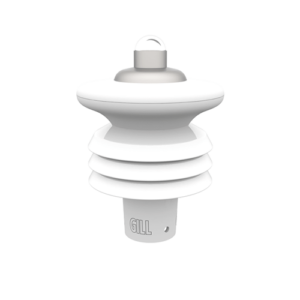
Gill MaxiMet GMX301 Temperature, Humidity, Pressure & Solar Radiation Sensor
£1,615.00 exVAT
£1,938.00 inclVAT
Add to cartCompare -
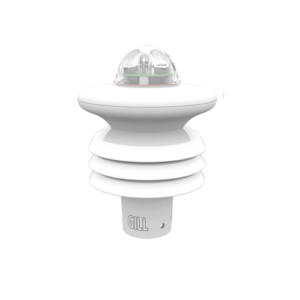
Gill MaxiMet GMX400 Temperature, Humidity, Pressure & Precipitation Sensor
£1,309.00 exVAT
£1,570.80 inclVAT
Add to cartCompare -
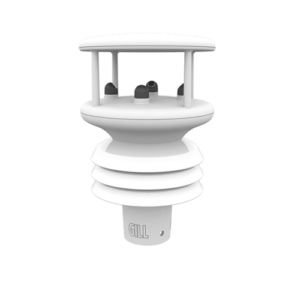
-
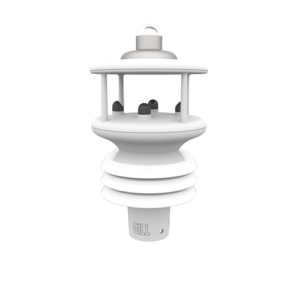
-
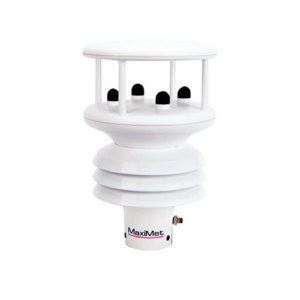
-
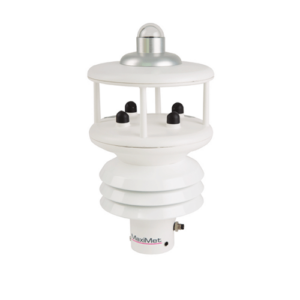
-
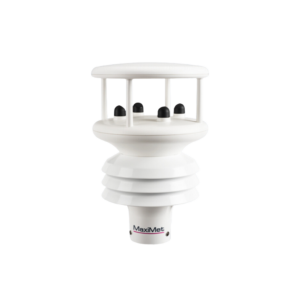
-
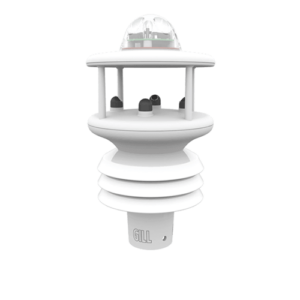
-
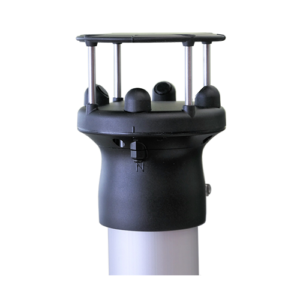
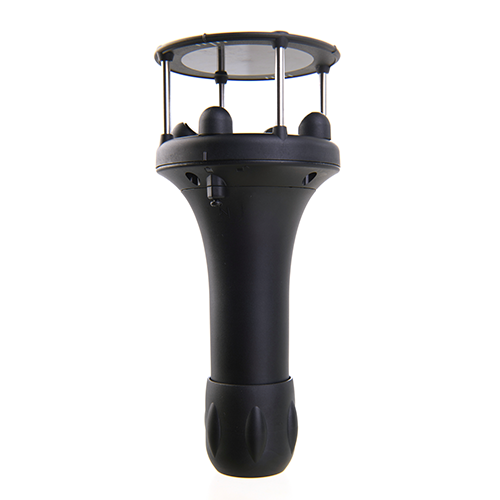
Multi-parameter weather stations with inputs for additional sensors
Application specific - Wind Speed & Direction, Temp, Humidity, Solar options
-

-

-

Gill MaxiMet GMX300 Temperature, Humidity & Pressure Sensor
£891.00 exVAT
£1,069.20 inclVAT
Add to cartCompare -

Gill MaxiMet GMX301 Temperature, Humidity, Pressure & Solar Radiation Sensor
£1,615.00 exVAT
£1,938.00 inclVAT
Add to cartCompare -

Gill MaxiMet GMX400 Temperature, Humidity, Pressure & Precipitation Sensor
£1,309.00 exVAT
£1,570.80 inclVAT
Add to cartCompare -

-

-

-

-

-

-


